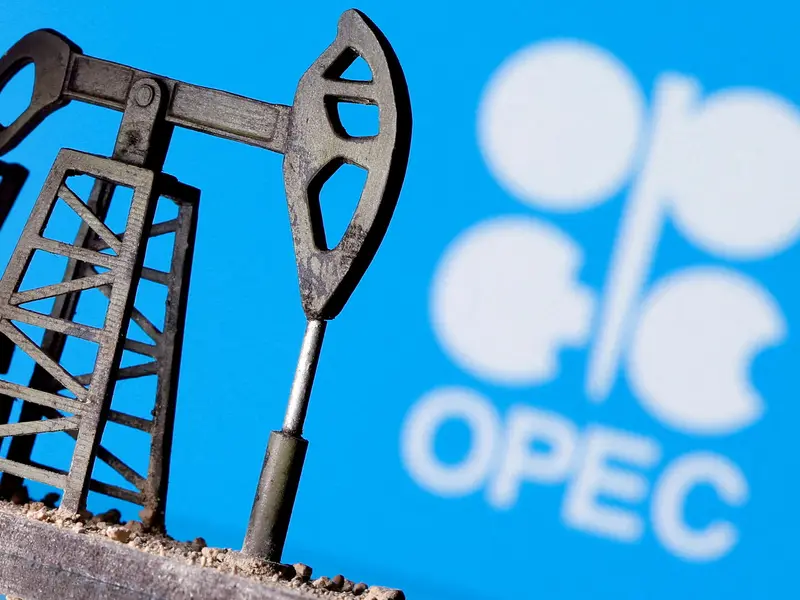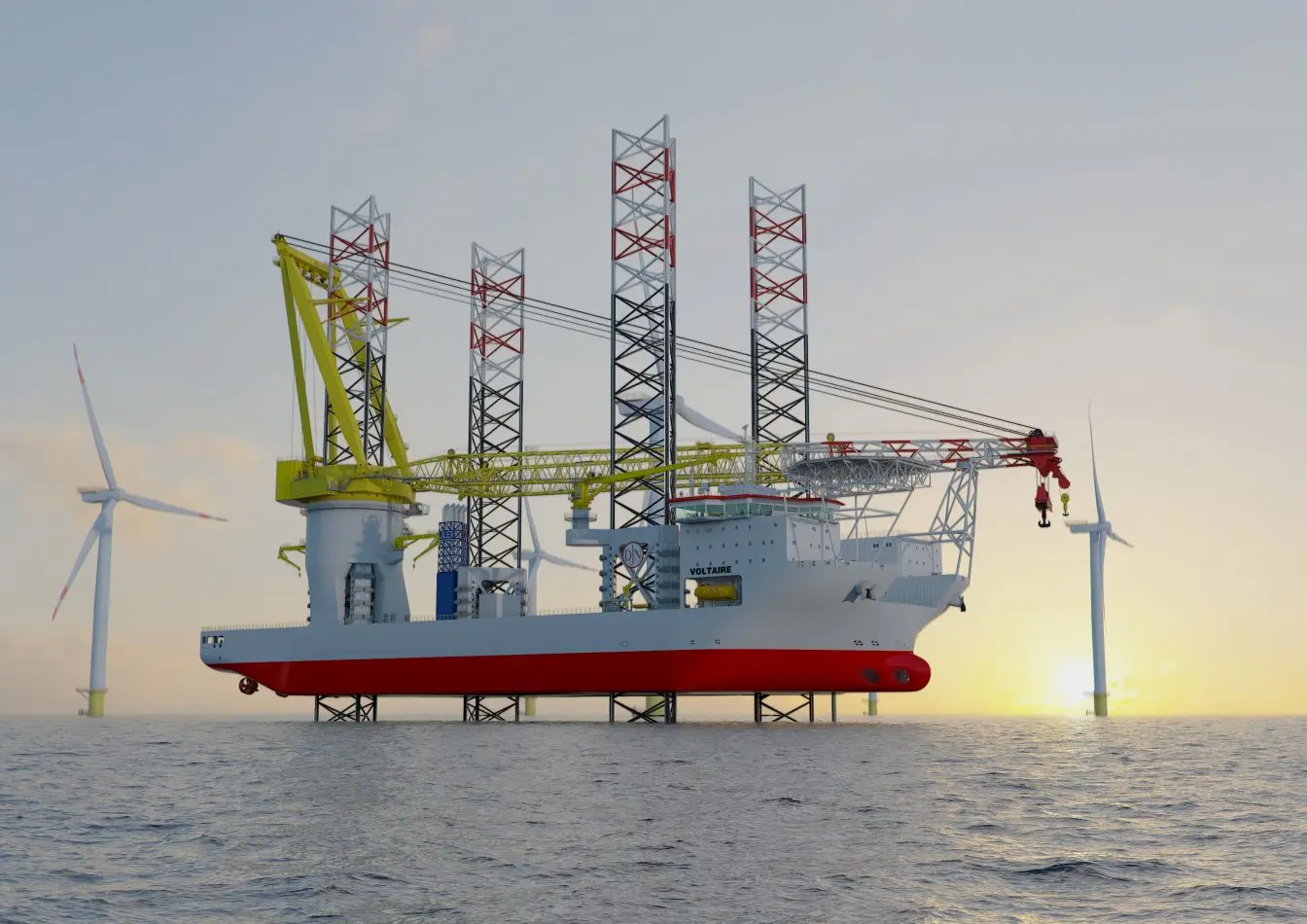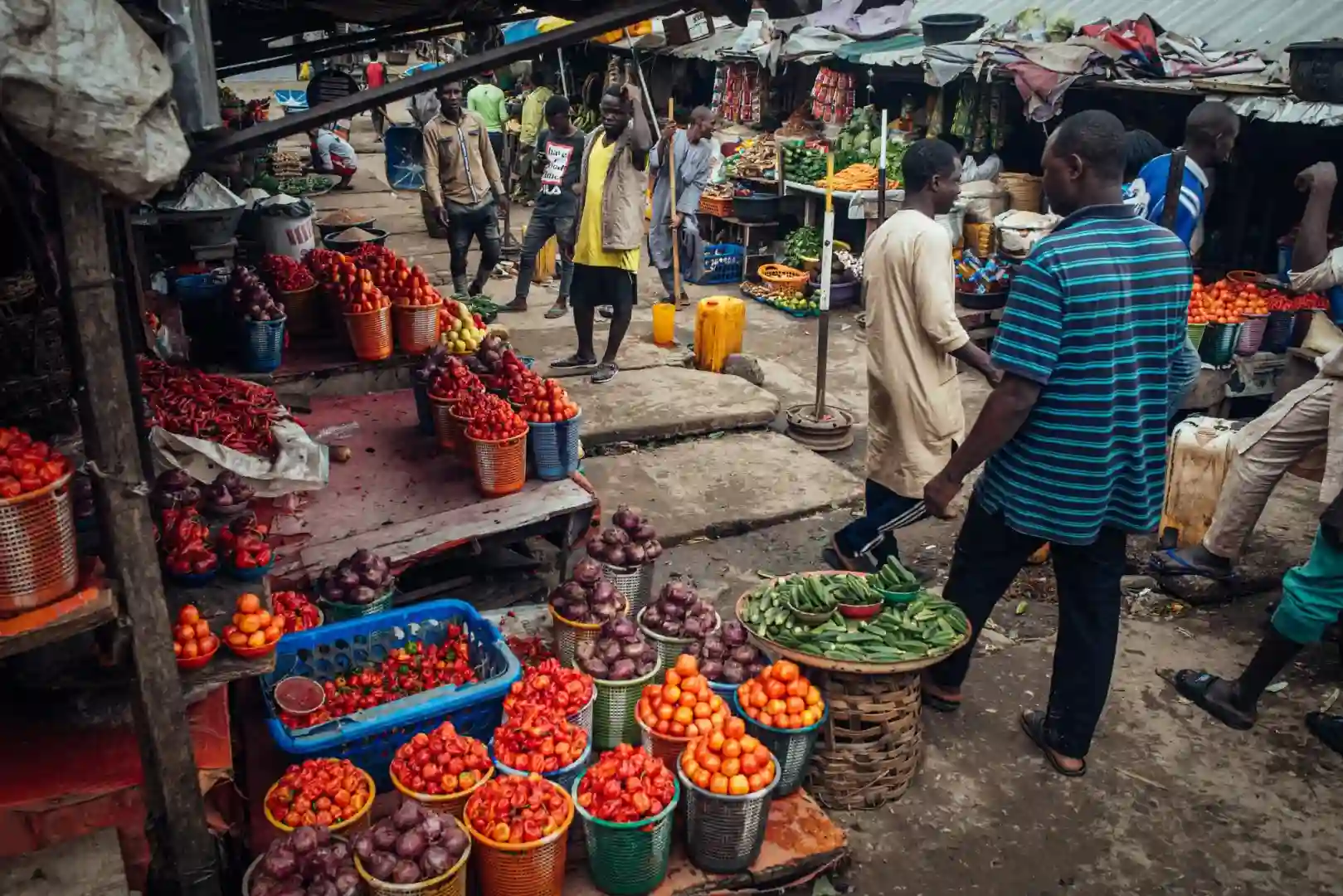The influential OPEC+ alliance has announced a significant decision to increase its collective oil production by 547,000 barrels per day (bpd) in September. This move, confirmed in a statement released on Sunday, signals the group’s confidence in improved global economic prospects and what it describes as “stable market fundamentals.” The decision marks the final stage of a phased reversal of the substantial 2.2 million bpd voluntary production cuts that eight key OPEC+ members implemented in 2023, initially aimed at stabilizing prices amidst a period of considerable economic uncertainty.
This strategic adjustment highlights the alliance’s continued commitment to market stability and its proactive approach to balancing global oil supply and demand. The group emphasized its ongoing flexibility, noting that the gradual phase-out of these voluntary cuts could be paused or even reversed if evolving market conditions warrant such a shift. This adaptive stance, the alliance stated, ensures its ability to respond swiftly to unforeseen developments and maintain equilibrium in the volatile global oil markets.
Understanding the Architects of Oil Stability: What is OPEC+?
To fully grasp the significance of this latest decision, it’s essential to understand the entity behind it: OPEC+. This powerful alliance is a broader group that includes the 13 members of the Organization of the Petroleum Exporting Countries (OPEC) and 10 other major non-OPEC oil-producing nations. Formed in late 2016, the primary purpose of OPEC+ is to coordinate crude oil production levels among its members to influence global oil prices and market stability.
OPEC, established in 1960, traditionally aimed to unify and coordinate the petroleum policies of its member countries. However, by the mid-2010s, the rise of non-OPEC production, particularly from U.S. shale, challenged OPEC’s market dominance. The formation of OPEC+ brought together traditional rivals and new players, most notably Russia, to create a more comprehensive framework for managing global oil supply. This expanded alliance allows for a more significant impact on the market, as it controls a substantial portion of the world’s crude oil output. The group’s actions, whether increasing or cutting supply, directly influence the price of crude oil, affecting everything from gasoline prices at the pump to the profitability of energy companies worldwide.
The Genesis of the Cuts: Navigating 2023’s Economic Headwinds
The 2.2 million bpd voluntary production cuts, which are now in their final phase of reversal, were initially implemented by eight OPEC+ members in 2023. These countries included Saudi Arabia, Russia, Iraq, UAE, Kuwait, Kazakhstan, Algeria, and Oman. The decision to cut output was a direct response to a challenging global economic environment characterized by persistent macroeconomic concerns and a perceived oversupply in the market.
In 2023, the global economy faced significant headwinds. High inflation, aggressive interest rate hikes by central banks to curb rising prices, and geopolitical uncertainties created a climate of caution among investors and consumers. A major drag on global oil demand was the slowdown in China’s economic growth. For the decade leading up to 2023, China had been the primary engine of global oil demand growth, accounting for 60% of the increase. However, a downturn in its economy, coupled with strict COVID-19 lockdowns in earlier periods, significantly restrained demand.
Faced with a potential oversupply and declining prices, OPEC+ opted for a strategy of production discipline. This involved not only the 2.2 million bpd voluntary cuts but also earlier adjustments, including a 1.66 million bpd cut agreed in April 2023, supplemented by a unilateral 1 million bpd cut by Saudi Arabia in June 2023. These measures were designed to tighten market fundamentals, reduce inventories, and support crude oil prices. The alliance’s patience, as some analysts noted, was tested as robust non-OPEC production, particularly from U.S. shale, and resilient Russian and Iranian exports kept the market well supplied despite the cuts.
The Latest Hike: Details and Market Reaction
The latest increase of 547,000 bpd for September follows a series of smaller monthly increases approved by the alliance earlier in the year. These included 138,000 bpd in April, and 411,000 bpd each for May, June, and July. In a previous announcement, the group had already signaled a larger-than-expected increase of 548,000 bpd for August. This phased unwinding of cuts reflects a cautious but determined effort by OPEC+ to regain market share and capitalize on improved demand.
The individual contributions to the September increase are significant for understanding the production capabilities and commitments of key members:
- Saudi Arabia: Its output is projected to reach 9.97 million bpd in September. As the de facto leader of OPEC+, Saudi Arabia often bears the largest burden of cuts and has the most spare capacity to increase production.
- Russia: Set to produce 9.44 million bpd. Russia’s compliance with OPEC+ agreements has been a recurring topic of discussion due to its geopolitical priorities and export needs.
- Iraq: Expected to reach 4.22 million bpd. Iraq, despite its vast reserves, faces internal challenges that can impact its production consistency.
- United Arab Emirates (UAE): Projected at 3.37 million bpd. The UAE has ambitious plans to significantly expand its production capacity in the coming years.
- Kuwait: 2.54 million bpd.
- Kazakhstan: 1.55 million bpd.
- Algeria: 959,000 bpd.
- Oman: 801,000 bpd.
Following the announcement, oil prices experienced a slight dip, as reported by UNN. This immediate market reaction suggests that while the increase was somewhat anticipated, it added to the perception of an adequately supplied market. However, broader geopolitical concerns, such as potential disruptions to Russian oil supplies due to sanctions, have continued to limit significant price losses.
Market Fundamentals and Global Economic Prospects
OPEC+’s decision is underpinned by its assessment of “improved global economic prospects and stable market fundamentals.” In the context of oil, market fundamentals refer to the underlying supply and demand conditions that drive prices. When supply exceeds demand, prices tend to fall, and vice-versa. Stable fundamentals imply a relatively balanced market where supply broadly matches demand, without significant surpluses or deficits.
The group’s optimism stems from various economic indicators. Despite lingering inflation concerns, many major economies have shown resilience, and projections for global GDP growth in 2025 and 2026 are generally positive. The International Energy Agency (IEA) forecasts world oil demand growth to increase by 700 kilobarrels per day (kb/d) in 2025, reaching 104.4 million bpd, and by an additional 720 kb/d in 2026. While these figures are modest compared to historical growth rates, they indicate a steady recovery.
A key factor influencing oil demand is the economic health of non-OECD countries, particularly China and India. The U.S. Energy Information Administration (EIA) highlights that economic growth in these regions has a strong impact on oil consumption, driven by increasing transportation activities, manufacturing, and rising populations. While China’s demand growth has seen fluctuations, a rebound in its economic activity is crucial for global oil consumption. India, in particular, is expected to contribute significantly to future oil demand growth.
On the supply side, non-OPEC+ producers, especially U.S. shale, have historically presented a challenge to OPEC+’s market management efforts. However, there are expectations of a slowdown in annual growth in the U.S. shale patch due to capital discipline and potential depletion of drilling inventory in prime areas. This could provide OPEC+ with more room to maneuver and maintain its market influence.
Key Players in the Alliance: Strategies and Challenges
The OPEC+ alliance is a complex tapestry of diverse national interests, economic needs, and geopolitical considerations. The actions of its largest producers are particularly impactful:
- Saudi Arabia: As the world’s largest oil exporter and the de facto leader of OPEC+, Saudi Arabia wields immense influence. Its oil policy is deeply intertwined with its economic development, particularly the ambitious Vision 2030 plan, which aims to diversify the Kingdom’s economy away from oil. Oil revenues are indispensable for funding these reforms. Saudi Arabia often acts as the “swing producer,” adjusting its output to stabilize the market. Its partnership with Russia in OPEC+ is often described as a “marriage of convenience,” allowing both countries to exert greater control over global oil markets. More on Saudi Arabia’s role can be found in a RUSI paper.
- Russia: A crucial non-OPEC member, Russia’s participation in the alliance has been vital for its effectiveness. However, Russia’s compliance with agreed-upon cuts has sometimes been inconsistent, driven by its own fiscal needs and geopolitical objectives, particularly in the context of Western sanctions. The Russian Government’s news releases often highlight its commitment to OPEC+ agreements, even as it navigates complex international relations.
- Iraq: Possessing the world’s fifth-largest proved crude oil reserves, Iraq has immense potential to increase its production. However, the country faces significant internal challenges, including political instability, regulatory hurdles, and insufficient energy infrastructure. Disputes over oil production and export revenues, particularly with the Kurdistan Regional Government (KRG), have often hindered its ability to fully capitalize on its reserves. The EIA’s analysis of Iraq’s energy overview details these complexities.
- United Arab Emirates (UAE): The UAE has been a strong advocate for increasing its production capacity. State-owned ADNOC aims to boost the UAE’s crude oil production capacity to 5 million bpd by 2027, and potentially 6 million bpd after that, if market conditions demand it. This aggressive expansion plan reflects the UAE’s long-term vision to secure its position as a major global energy supplier. The National has reported on these ambitious targets.
Compliance and Monitoring: The JMMC’s Crucial Role
Ensuring full compliance with production quotas is a persistent challenge for OPEC+. While some members, like Saudi Arabia and the UAE, consistently adhere to their commitments, others have historically struggled. To address this, the alliance relies on the Joint Ministerial Monitoring Committee (JMMC). The JMMC, co-chaired by Saudi Arabia and Russia, meets regularly to review crude oil production data from all participating countries.
The Committee’s role is critical: it assesses overall conformity with the Declaration of Cooperation and identifies countries that have overproduced their allocated levels. These countries are then requested to submit “compensation plans” to offset their past excesses. The JMMC reiterates the importance of achieving full conformity and compensation, and it retains the authority to convene additional meetings or request a full OPEC and non-OPEC Ministerial Meeting if market conditions or compliance issues warrant immediate attention. The OPEC website provides details on the JMMC’s latest meetings and resolutions. Despite these mechanisms, compliance remains a complex issue, often influenced by individual countries’ fiscal needs and geopolitical pressures, as highlighted by AInvest’s analysis of OPEC+’s struggle for compliance.
Geopolitical Undercurrents: The Constant Variable
The global oil market is inextricably linked to geopolitical events. Conflicts, sanctions, and political instability in major oil-producing regions can have an immediate and dramatic impact on supply and prices. The CME Group emphasizes that crude oil is typically the most intertwined commodity with geopolitics.
Recent events, such as the ongoing conflict in Ukraine and the imposition of sanctions on Russian oil, have demonstrated how geopolitical tensions can disrupt supply chains and create price volatility. Similarly, tensions in the Middle East, including the Israel-Iran conflict, can send shockwaves through the market due to fears of disruptions to crucial shipping lanes like the Strait of Hormuz. The EIA’s analysis of crude oil prices details how historical geopolitical events, from the Arab Oil Embargo to the Persian Gulf War, have triggered major oil price shocks. OPEC+ decisions often have to factor in these unpredictable geopolitical risks, aiming to maintain stability even when external forces threaten to destabilize the market.
The Energy Transition and Long-Term Outlook
While the immediate focus of OPEC+ is on balancing current supply and demand, the alliance is acutely aware of the long-term implications of the global energy transition. The increasing global commitment to reducing carbon emissions and shifting towards renewable energy sources presents both challenges and opportunities for oil-producing nations.
Many scenarios, including those from the International Energy Agency (IEA) and the Pembina Institute, project that global demand for oil could peak before 2030 and decline steadily thereafter, driven primarily by the accelerated adoption of electric vehicles and environmental policies. This outlook necessitates a strategic shift for oil producers.
However, OPEC+ members, particularly Saudi Arabia, maintain that oil and gas will continue to play a crucial role in the global energy mix for decades to come, especially in meeting the energy needs of developing nations and supporting economic growth. Saudi Energy Minister Prince Abdulaziz bin Salman, in a speech at the St. Petersburg International Economic Forum in June, emphasized the urgent need to tackle global energy poverty, noting that billions still lack access to reliable energy. He cautioned that the energy transition should not come at the expense of economic development, urging a balanced global energy mix. This perspective highlights the complex challenge for OPEC+ members: how to maximize value from their hydrocarbon resources in the short to medium term while preparing for a future with potentially lower oil demand. This involves investing in lower-carbon technologies, diversifying their economies, and exploring new energy ventures.
OPEC+ as the “Central Bank” of Oil
In his speech at the St. Petersburg International Economic Forum, Saudi Energy Minister Prince Abdulaziz bin Salman famously described OPEC+ as the “central bank” of the global oil market. This analogy powerfully encapsulates the alliance’s perceived role and influence. Just as a central bank manages a nation’s money supply and interest rates to maintain economic stability, OPEC+ aims to manage global oil supply to ensure market balance and price stability.
A central bank’s actions can significantly impact inflation, economic growth, and financial markets. Similarly, OPEC+’s decisions on production levels have profound effects on global energy prices, inflation rates, and the economic health of both oil-producing and oil-consuming nations. The analogy underscores the responsibility and power that the alliance wields in a market that is fundamental to the global economy. It also highlights the need for the group to act flexibly and judiciously, much like a central bank, to navigate periods of volatility and ensure a steady flow of energy to meet global demand.
Conclusion:
OPEC+’s decision to increase oil production by 547,000 bpd in September marks a calculated step in its ongoing strategy to manage global oil markets. This final phase of reversing earlier voluntary cuts reflects the alliance’s confidence in improving economic conditions and its commitment to maintaining market balance. However, the path ahead remains complex.
The alliance faces the perpetual challenge of ensuring compliance among its diverse members, each with unique economic pressures and geopolitical considerations. Furthermore, the long-term trajectory of global oil demand is increasingly shaped by the accelerating energy transition and the adoption of cleaner technologies. While OPEC+ asserts its role as the “central bank” of oil, ensuring stability in a volatile world, its ability to adapt to these evolving dynamics will be crucial for its continued relevance and influence in the decades to come. The delicate balance between maximizing current oil revenues and preparing for a lower-carbon future will define the alliance’s strategic decisions in the years ahead.
Ready to take your career to the next level? Join our dynamic courses: ACCA, HESI A2, ATI TEAS 7 , HESI EXIT , NCLEX – RN and NCLEX – PN, Financial Literacy!🌟 Dive into a world of opportunities and empower yourself for success. Explore more at Serrari Ed and start your exciting journey today! ✨
photo source: Google
By: Montel Kamau
Serrari Financial Analyst
4th August, 2025
Article, Financial and News Disclaimer
The Value of a Financial Advisor
While this article offers valuable insights, it is essential to recognize that personal finance can be highly complex and unique to each individual. A financial advisor provides professional expertise and personalized guidance to help you make well-informed decisions tailored to your specific circumstances and goals.
Beyond offering knowledge, a financial advisor serves as a trusted partner to help you stay disciplined, avoid common pitfalls, and remain focused on your long-term objectives. Their perspective and experience can complement your own efforts, enhancing your financial well-being and ensuring a more confident approach to managing your finances.
Disclaimer: This article is for informational purposes only and does not constitute financial advice. Readers are encouraged to consult a licensed financial advisor to obtain guidance specific to their financial situation.
Article and News Disclaimer
The information provided on www.serrarigroup.com is for general informational purposes only. While we strive to keep the information up to date and accurate, we make no representations or warranties of any kind, express or implied, about the completeness, accuracy, reliability, suitability, or availability with respect to the website or the information, products, services, or related graphics contained on the website for any purpose. Any reliance you place on such information is therefore strictly at your own risk.
www.serrarigroup.com is not responsible for any errors or omissions, or for the results obtained from the use of this information. All information on the website is provided on an as-is basis, with no guarantee of completeness, accuracy, timeliness, or of the results obtained from the use of this information, and without warranty of any kind, express or implied, including but not limited to warranties of performance, merchantability, and fitness for a particular purpose.
In no event will www.serrarigroup.com be liable to you or anyone else for any decision made or action taken in reliance on the information provided on the website or for any consequential, special, or similar damages, even if advised of the possibility of such damages.
The articles, news, and information presented on www.serrarigroup.com reflect the opinions of the respective authors and contributors and do not necessarily represent the views of the website or its management. Any views or opinions expressed are solely those of the individual authors and do not represent the website's views or opinions as a whole.
The content on www.serrarigroup.com may include links to external websites, which are provided for convenience and informational purposes only. We have no control over the nature, content, and availability of those sites. The inclusion of any links does not necessarily imply a recommendation or endorsement of the views expressed within them.
Every effort is made to keep the website up and running smoothly. However, www.serrarigroup.com takes no responsibility for, and will not be liable for, the website being temporarily unavailable due to technical issues beyond our control.
Please note that laws, regulations, and information can change rapidly, and we advise you to conduct further research and seek professional advice when necessary.
By using www.serrarigroup.com, you agree to this disclaimer and its terms. If you do not agree with this disclaimer, please do not use the website.
www.serrarigroup.com, reserves the right to update, modify, or remove any part of this disclaimer without prior notice. It is your responsibility to review this disclaimer periodically for changes.
Serrari Group 2025












